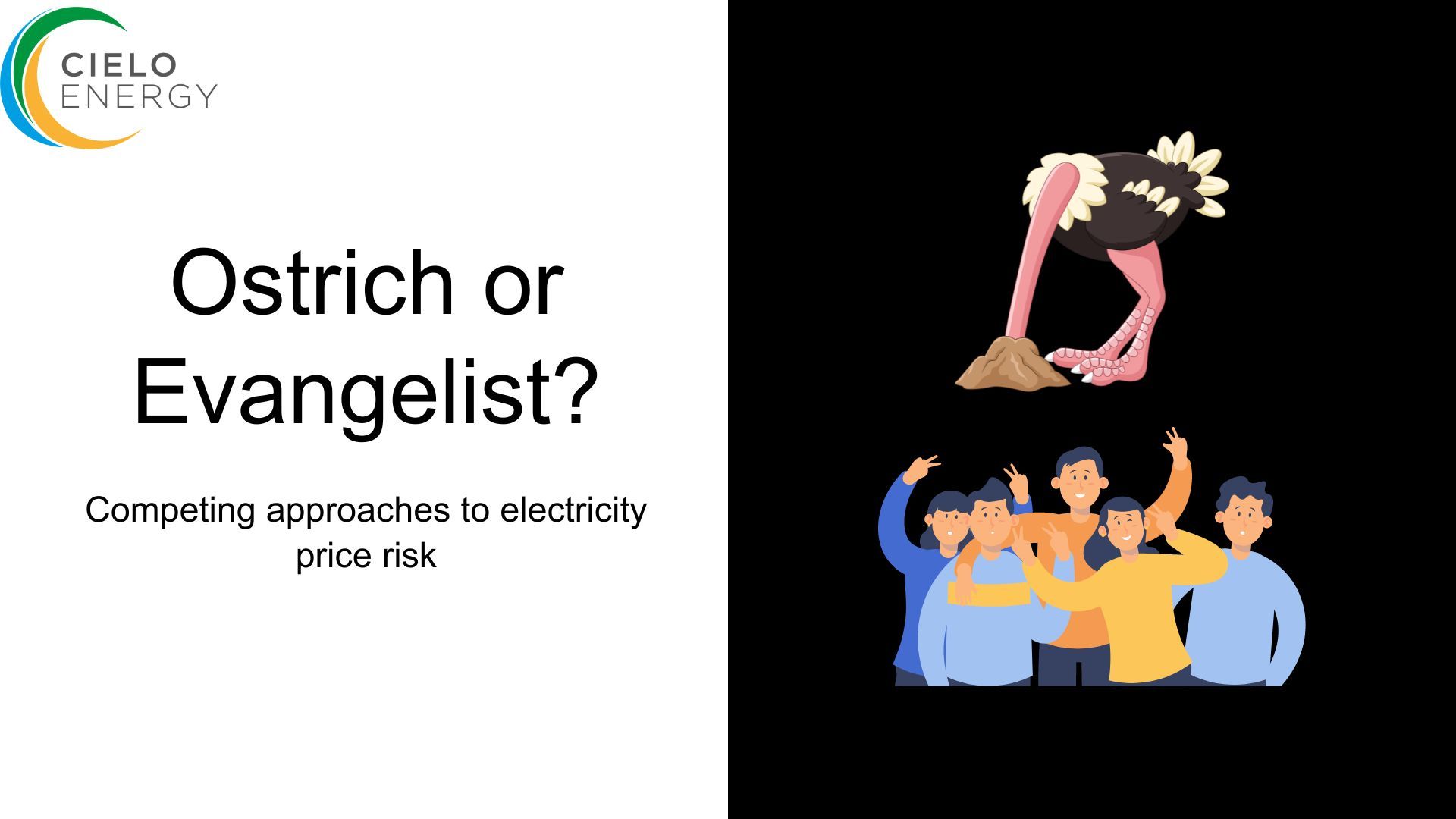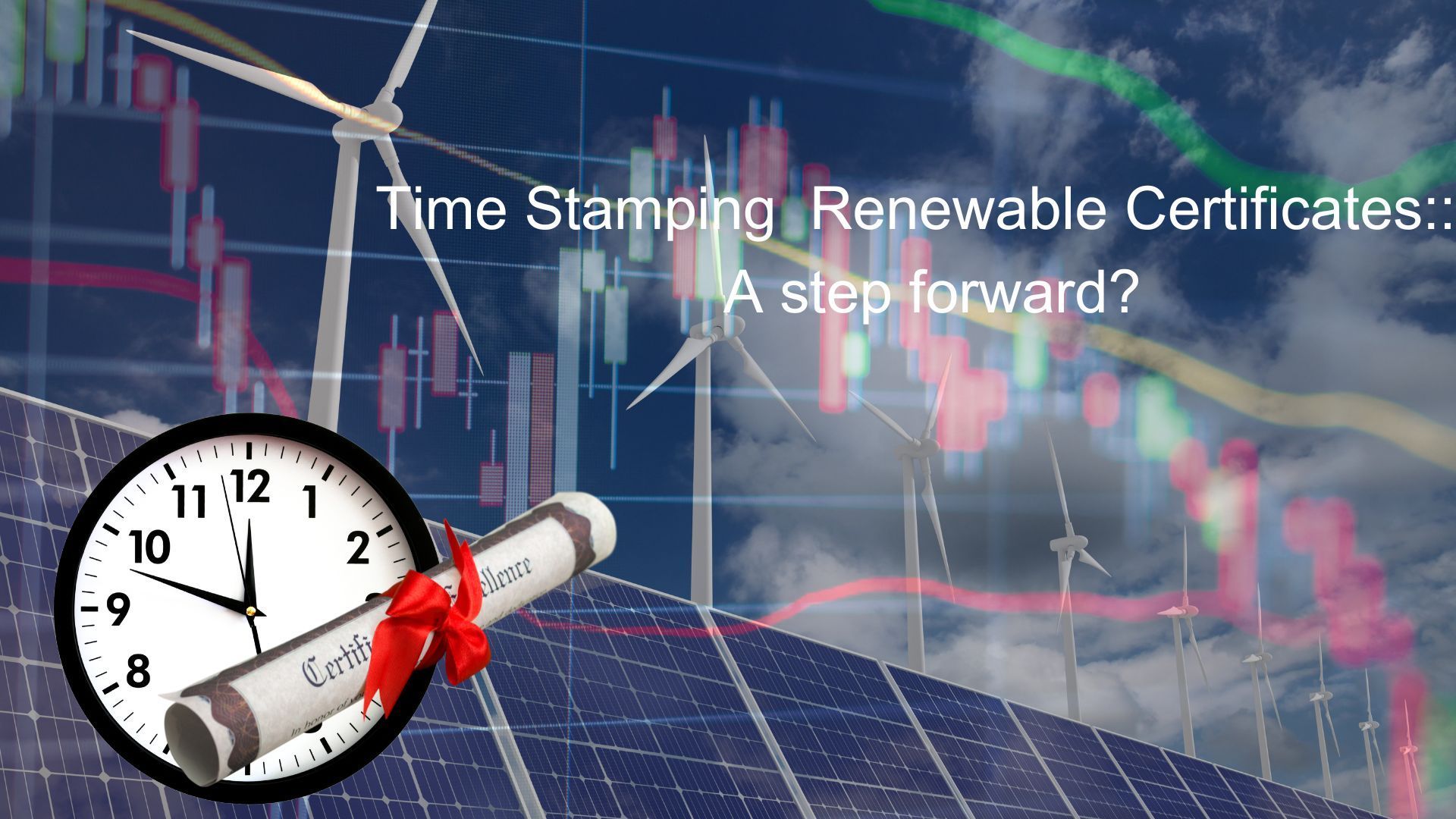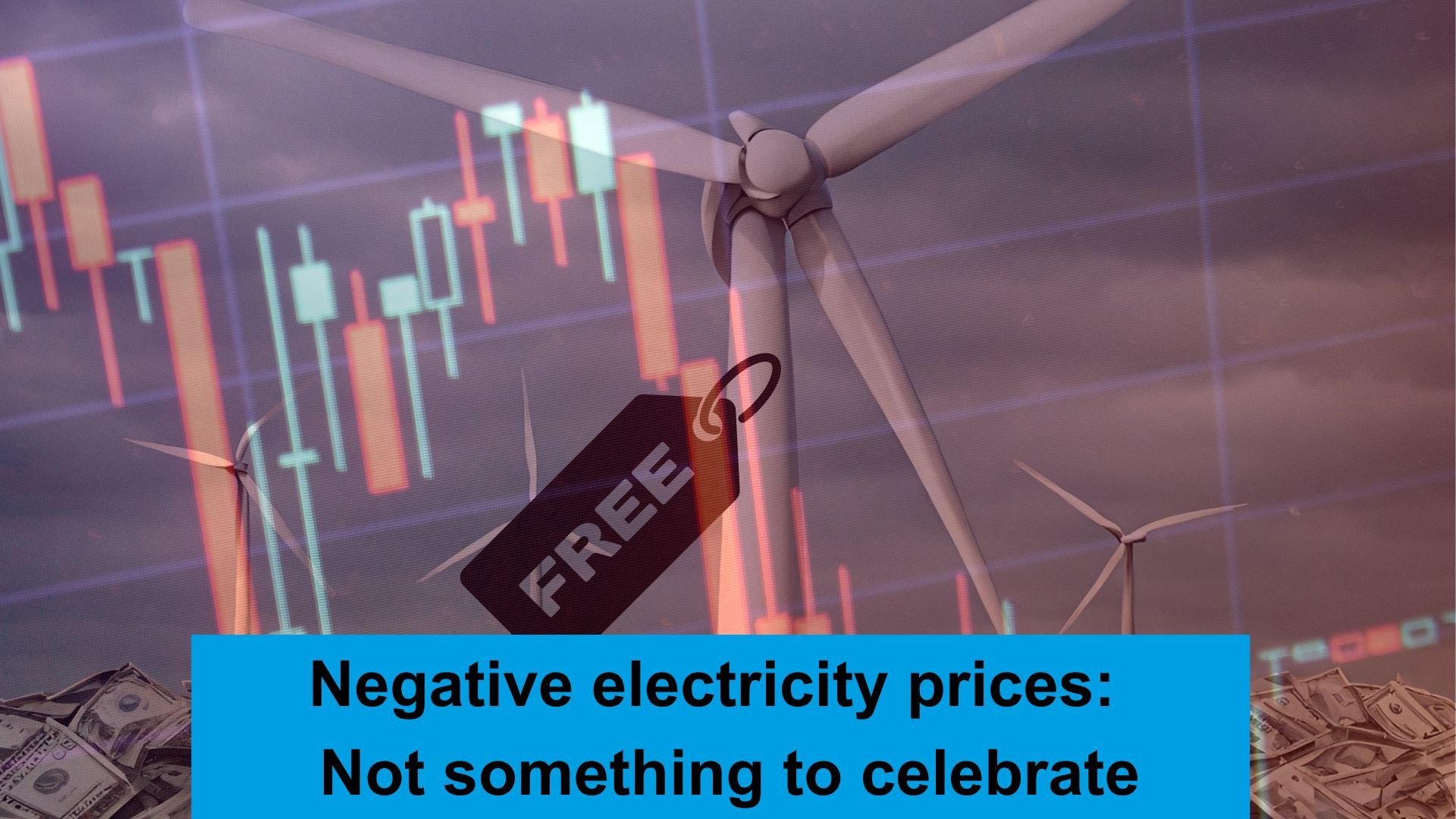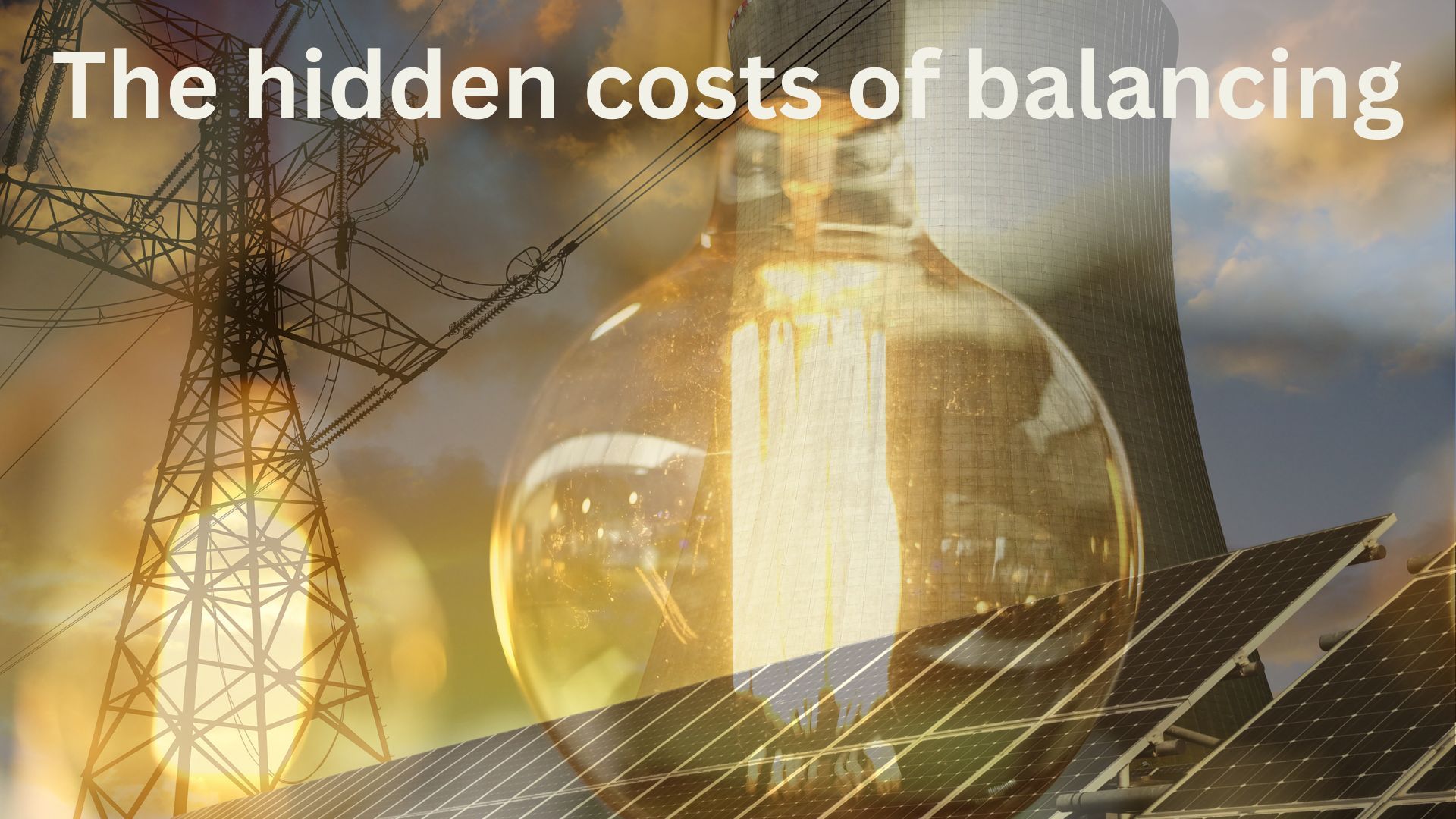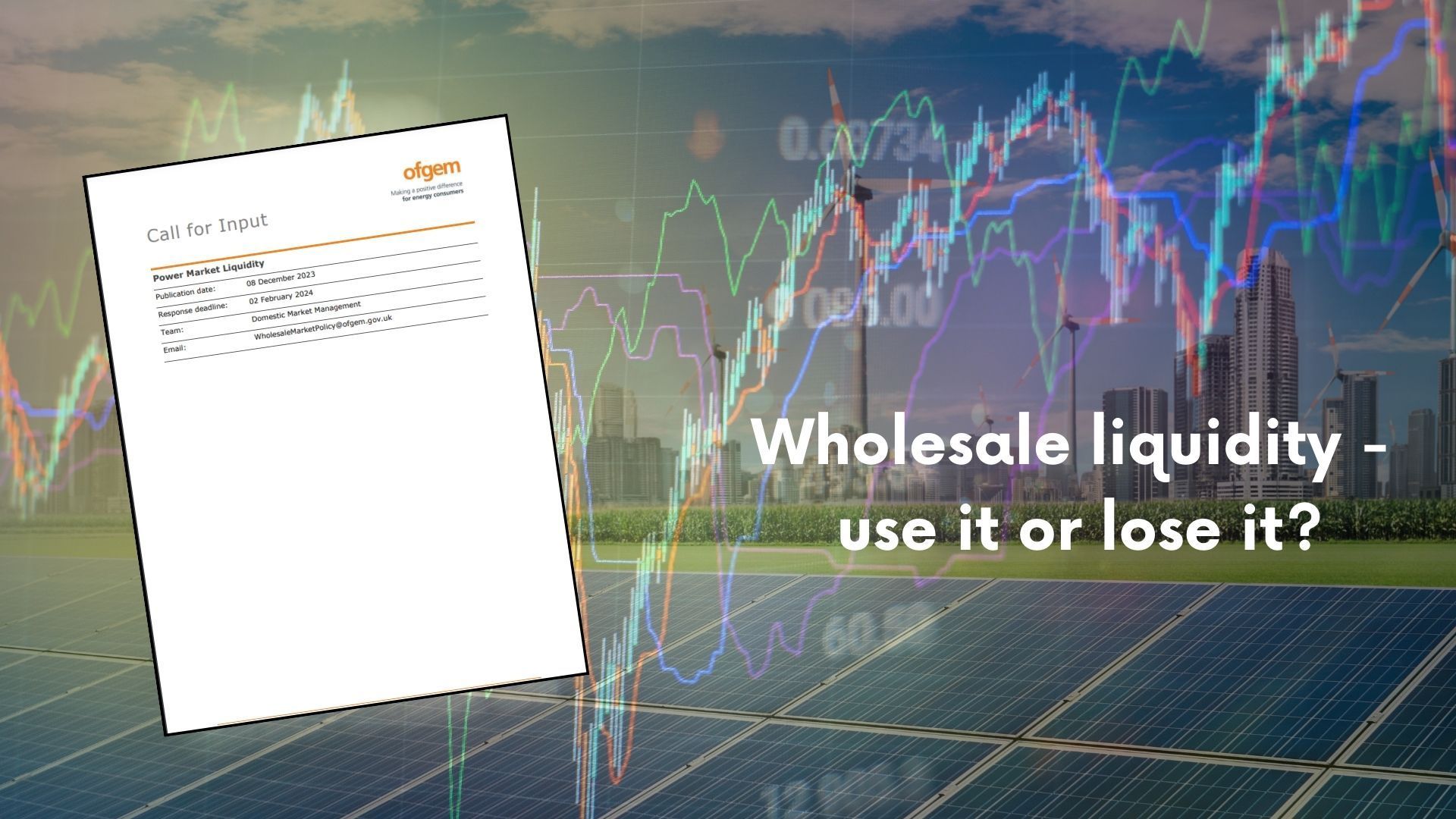The changing incentives to drive the right behaviours
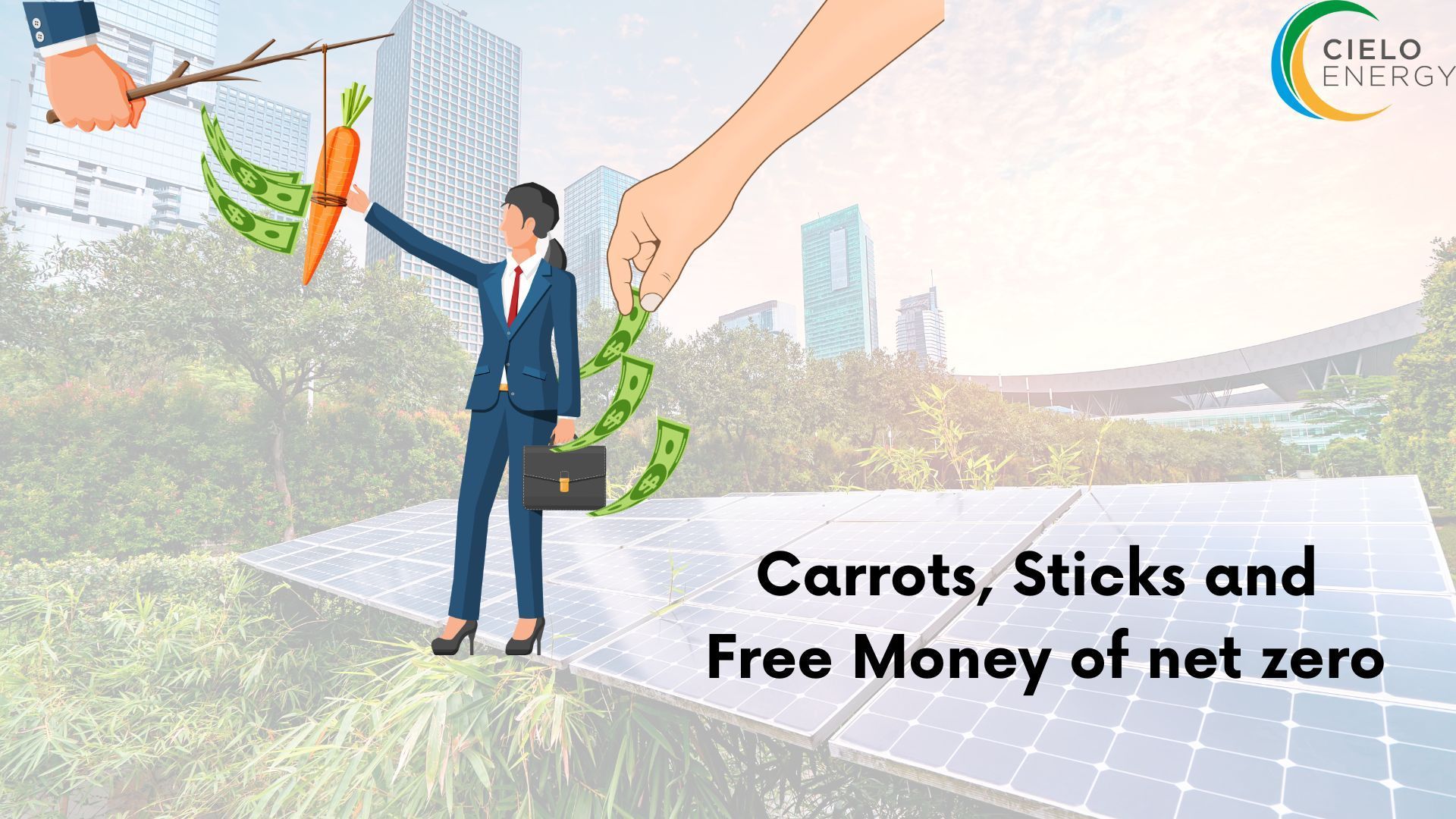
The Carrots, Sticks and Free Money of net zero.
No matter what you’re trying to achieve, getting results requires incentives and penalties.
Net zero is no different, although depending which part of the market you sit in the relative size of the different elements is different. Indeed, in some areas there is even free money available at the moment- but it surely can’t last?
Carrots – bigger for generators than consumers
When governments want generation to be built, they produce large carrots.
In today’s global capital markets, the carrot needs to be big enough to attract the kindness of strangers. Global league tables of the most attractive places to build renewables are in many ways a reflection of the carrot available. Guaranteed revenue with limited downside risk are the best approach to get a high ranking – and notably the Inflation Reduction Act in the USA is driving huge capital investment/ attractiveness to that market
In the GB market renewable generators typically get a carrot to incentivise them to operate as much as possible. The Renewable Obligation, Feed in Tariff and Contract for difference scheme all pay on actual generation, leading to maximum renewable generation.
New generation capacity under the CfD is rewarded with a known long-term income stream, however in the recent allocation round this year offshore wind generators decided that the carrot was too small, so no new investment was made. Subsequent to this, the size of the carrot has been increased.
The capacity market rules mean that for generators it can literally be free money. Although it is clear that a scheme is required to keep non-intermittent generation available, the rules of the current scheme contain a limited penalty scheme for non-performance - making it a very low risk bet for some assets.
Consumer carrots are smaller and less certain:
While its possible to actively engage with the market and secure low prices – that is a risk-taking activity, with no carrot.
Taking some form of a dynamic time of use tariff, as increasingly discussed in the context of domestic customers provides for the carrot associated with moving demand across the day – but does not provide any long-term carrot.
For business consumers, there are energy intensive discounts available to avoid some policy costs… but the recent Targeted Charging Review makes it harder to avoid network costs through flexible consumption timings.
New demand side schemes provide the opportunity to earn free money for flexibility. National Grid’s Demand Flexibility Service (rebranded under different names by different suppliers) is a risk free way of being paid to reduce demand (or increase generation) for short periods; with no penalty for non-performance.
The Stick - likely to grow…
The cost of using energy are increasing to pay for the various schemes mentioned above. Where does the money for the carrots come from…everybody else, so it’s an indirect and opaque approach to creating a stick.
There is growing pressure to make short-term prices more volatile to incentivise behaviour that is deemed to benefit the system. This will indirectly create costs for unrestricted consumption and intermittent generation that will be factored into any fixed price contract.
Although cited as a benefit for the ‘right’ location, Locational Marginal Pricing is also a stick to penalise the wrong behaviour in the wrong location.
Overall, the penalty for not doing what was expected is likely to grow – whether you have a fixed price or variable priced contract.
Share this on social media






